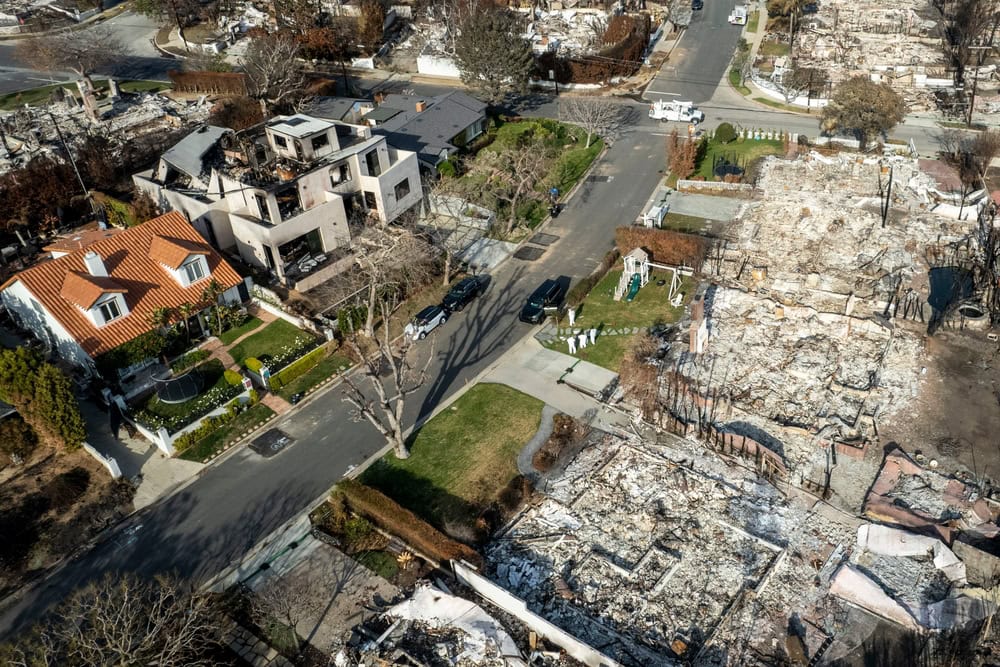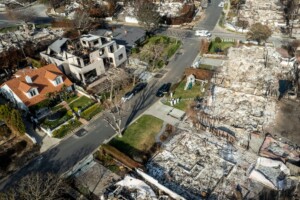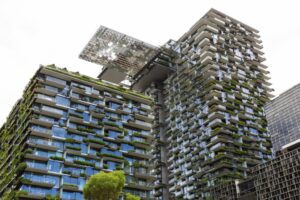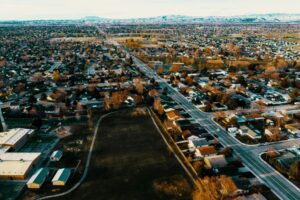L.A. Fires Aftermath: Rebuilding the City of Angels for a Path Forward


When the wildfires swept through Los Angeles in January, they left behind more than scorched hillsides and smoke-filled skies — they upended lives. L.A. neighborhoods like Pacific Palisades, Altadena, Eaton Canyon, and Malibu were among the hardest hit. Thousands of homes were destroyed, and entire communities were forced to flee. For many, it wasn’t just about losing a house — it was about losing the place where birthdays were celebrated, kids took their first steps, and neighbors became like family.
The L.A. fires aftermath claimed at least 30 lives, mostly in the Eaton and Palisades areas, and forced 180,000 people to evacuate. Schools were damaged, businesses reduced to rubble, and nearly 17,000 structures wiped out. The financial toll is staggering, estimated at over $8 billion, but the emotional cost is immeasurable.
Despite these challenges, we aim to provide valuable resources and insights to assist those impacted in their rebuilding and recovery efforts, while also underscoring the resilience and strength of the Los Angeles community.

Table of contents
1. An already strained market under pressure
Even before the wildfires, Los Angeles was grappling with a housing crisis. In late 2024, the average rent in the city hovered around $2,200 per month — well above the national average. At the same time, the median home price in the Los Angeles metro area was just under $950,000, making homeownership unattainable for many. These high costs had already pushed thousands of residents to the financial brink, and the fires have only added urgency to an already critical situation.
The fires only deepened that crisis. Suddenly, thousands were without shelter, scrambling for temporary housing in a city already stretched thin. In the weeks following the disaster, demand for rentals surged, driving average rents even higher. Many listings now exceed $2,500 per month, with some neighborhoods seeing price hikes of 10% or more. At the same time, available housing stock has plummeted. With nearly 17,000 structures destroyed, the number of homes for rent or sale has dropped significantly, leaving displaced residents with few options.
For low- and middle-income families, finding a new place to live has become an uphill battle. Shelters and temporary accommodations have reached capacity, and affordable housing waitlists have grown longer than ever. The imbalance between supply and demand has placed even more pressure on a system that was already struggling to meet basic needs, and it’s made clear that recovery will require not just rebuilding homes, but rethinking the housing infrastructure across the region.
2. The push to rebuild and reimagine after the wildfires
Still, amid the L.A. fires’ aftermath, hope is taking root. Local leaders, organizations, and residents are coming together to rebuild a stronger, more resilient Los Angeles.
Groups like Habitat for Humanity of Greater Los Angeles are leading the charge, launching the ReBUILD LA® Wildfire Relief Fund with help from donors like Comcast NBCUniversal, who contributed $2.5 million. Sit ‘n Sleep stepped in with $1 million in funds and donated more than 900 mattresses. And in a major move, the state has allocated $2.5 billion in relief to support rebuilding efforts and help schools and families recover.
To make the rebuilding process faster and more accessible, the city is streamlining its permitting systems, and community-based groups like ReBUILD:LA are offering guidance to residents navigating the complicated path to recovery.
For those looking for more information, support, or ways to get involved, here are some useful resources:
- ReBUILD LA® Wildfire Relief Fund: Support, volunteer opportunities, and applications for rebuilding assistance from Habitat for Humanity of Greater Los Angeles.
- California Office of Emergency Services (Cal OES): Updates on disaster recovery efforts, temporary shelter programs, and grant information.
- Los Angeles Department of Building and Safety: Information on expedited permitting, safety inspections, and rebuilding guidelines.
- Rebuild:LA: Community support, housing guidance, and long-term planning assistance.
- United Way of Greater Los Angeles: Resources for displaced residents, including housing support, food assistance, and emergency funding.
- Legal Aid Foundation of Los Angeles (LAFLA): Free legal help for wildfire survivors navigating insurance claims, landlord issues, or rebuilding challenges.
3. Rebuilding smarter for a better future
This time, rebuilding isn’t just about replacing what was lost, but also building better.
Across Los Angeles, architects, builders, and community groups are adopting smarter, more resilient approaches to recovery.
- Fire-resistant materials: New homes are being built with metal roofs, fiber-cement siding, and tempered glass windows to reduce future fire risk.
- Modular and prefabricated homes: These speed up construction timelines and lower costs, getting displaced residents back into housing faster.
- Regenerative design: Builders are exploring ways to restore the land while rebuilding, using native landscaping, rainwater collection systems, and low-impact materials.
- Energy-efficient upgrades: Solar panels, smart HVAC systems, and better insulation are becoming standard, improving sustainability and lowering utility bills.
- Community-centered models: Some neighborhoods are exploring land trusts and co-housing developments that prioritize affordability and shared resources.
Together, these innovations reflect a growing determination to recover and build a more resilient Los Angeles for the future.
4. The roadblocks that are still ahead in the L.A. fires aftermath
Of course, the road to recovery isn’t without significant challenges. Construction costs remain steep, supply chains are still under pressure, and many families face delays in receiving insurance payouts or accessing disaster relief. While zoning and permitting processes have been streamlined in some areas, they continue to present roadblocks for others. There’s also growing concern that as neighborhoods are rebuilt, rising costs could shift the focus toward higher-end development — pushing out longtime residents who want to return.
Still, efforts are underway to ensure that doesn’t happen. Community organizations and housing advocates are pushing for inclusive rebuilding plans that prioritize affordability and accessibility. The city is exploring expanded subsidies, rent stabilization efforts, and land trusts to help residents stay rooted. With continued collaboration, there’s hope that Los Angeles can rebuild in a way that protects its people.
5. How to help L.A. fires with resources for support and giving back
If you’re feeling overwhelmed with the L.A. fires aftermath, you’re not alone — and support is within reach. Whether you’re looking for help or hoping to give back, these resources are here for you.
- Housing and legal support: Inner City Law Center, Bet Tzedek, and Public Counsel offer free legal aid for wildfire survivors — helping with tenant rights, FEMA claims, fraud, and replacing vital documents.
- Mental health services: The LA County Department of Mental Health offers in-person counseling and a 24/7 helpline at (800) 854-7771. You can also call the 988 Suicide & Crisis Lifeline or reach out to CalHOPE for emotional support.
- Food, shelter, and supplies: LA Regional Food Bank and World Central Kitchen are distributing meals and essentials. The California Fire Foundation offers direct financial relief to wildfire victims.
- Animal care: Pasadena Humane is providing emergency shelter and resources for displaced pets.
More resources: Dial 211 LA or visit 211la.org for up-to-date referrals on everything from temporary housing to mental health support.
The post L.A. Fires Aftermath: Rebuilding the City of Angels for a Path Forward appeared first on Redfin | Real Estate Tips for Home Buying, Selling & More.




